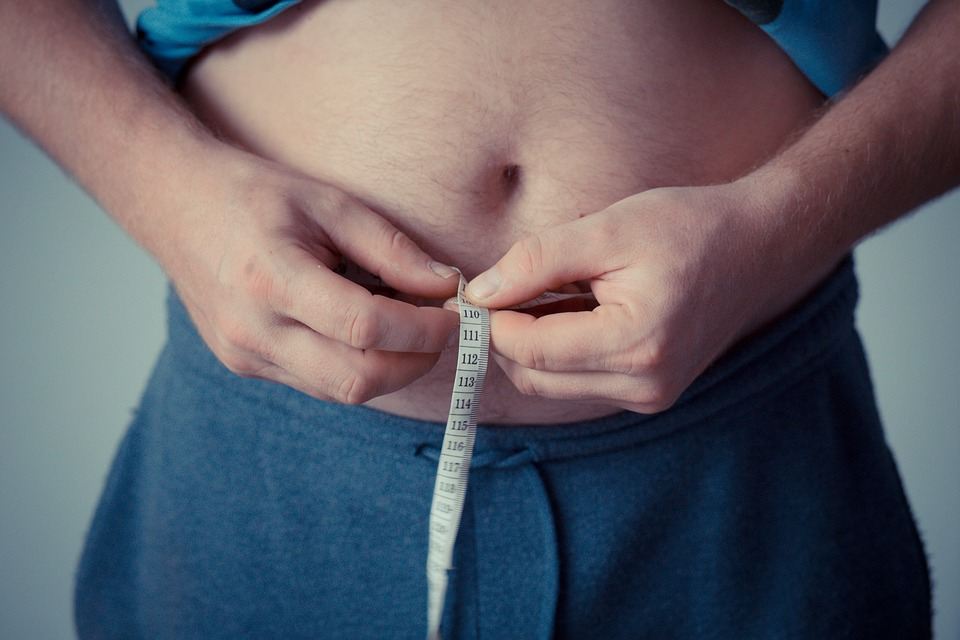National income and income inequality impacts on body size of children and adolescents, according to new research from the University of Auckland, Faculty of Medical and Health Sciences.
A study of over 200,000 children in 36 countries including New Zealand, Australia and the United Kingdom, has found rates of obesity can be affected by income levels, with adolescent girls showing higher rates of obesity in wealthier countries.
Associate Professor Rinki Murphy of the University’s School of Medicine led the study that included the University of Otago and the Medical Research Institute of New Zealand.
The study looked at the proportion of obese and underweight young people, and also at the entire bell-shaped curve of the body weight distribution in different populations around the world.
“We found that the shapes of body weight distribution didn’t differ by national income – but rather that the whole curve shifted across to the heavier end,” says Rinki.
The study investigated the prevalence of underweight and obesity among female and male children and adolescents from different countries, and whether it differed by either gross national index (GNI), an estimate of national income or the Gini index, a measure of income inequality.
They analysed height and weight data from over 77,000 children aged six and seven and over 205,000 adolescents aged 13-14 from 19 and 36 different countries respectively.
They found that children and adolescents from ‘lower’ GNI countries had more underweight children at 6 per cent, than just 3 per cent in ‘higher’ GNI countries, but the rate of obesity was not different.
The BMI of participants from ‘higher’ GNI countries had a higher median compared to ‘lower’ GNI countries. Adolescent girls from higher income inequality countries had a greater median BMI and a less skewed BMI distribution.
Low nutrition is the likely explanation for seeing greater numbers of underweight children in lower national income countries, but obesity is not confined to those living in higher national income countries.
Increased availability of calorie-dense foods and less necessity for physical activity are likely to be common in both higher and lower income countries, but could potentially affect young people from both high and low GNI countries.
Rinki says the results are important because while childhood obesity is recognised as a global health problem, childhood underweight also remains a major public health concern as both are linked with increased morbidity and mortality.
“Differences in the entire BMI distribution of populations from different countries may have biological and environmental explanations, which are important to examine in the context of the economic wealth of the nation and income inequality,” she says.
“In wealthier nations, increased BMI can be linked to increasing sales of products like food and energy-saving devices like cars, and electronic entertainment such as television and video games, which in turn is associated with overconsumption of food and increased sedentary behaviour. These in turn could promote increases in BMI of the population. Income inequality of a nation also could influence this relationship.”
Dr Murphy says more research needs to be done to find out why greater income inequality within societies was linked with greater body mass index of adolescent girls.
The next steps will be to investigate whether BMI distribution of people living in New Zealand differs with gender, socioeconomic status and/or ethnicity.
This article was originally published in the May edition of UniNEWS and was republished with permission.
The study, ‘Obesity, underweight and BMI distribution characteristics of children by gross national income and income inequality: results from an international survey’ was published in April 2018 by the Journal of Obesity Science and Practice.
Disclaimer: The ideas expressed in this article reflect the author’s views and not necessarily the views of The Big Q.
You might also like:

